
817-377-8598
Call Now:
4915 Camp Bowie Blvd,
Fort Worth, Texas 76107
(Next to Kincaid’s Hamburger)
Since 1986

Copyright © 2019. Atlas Rug Gallery

4915 Camp Bowie Blvd,
Fort Worth, Texas 76107
(Next to Kincaid’s Hamburger)
Since 1986
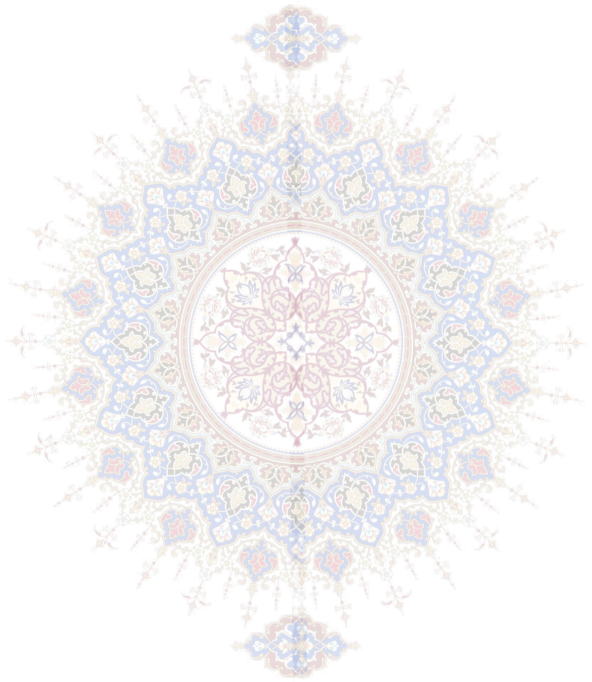
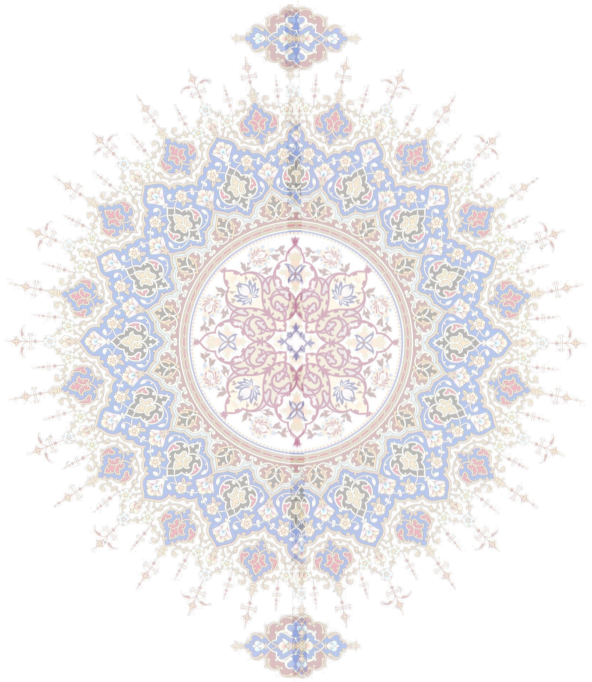

China has a long tradition of carpet production which dates at over 2.000 years and were initially used in the imperial courts. The art of
knotting carpets was however, introduced somewhere around the 15th to 17th century in China.
The patterns on some of the older Chinese carpets are often taken from the patterns of the porcelain painters and silk designs. In some
cases the patterns also show old religious symbols with distinguished dragon patterns. The symbols in these carpets occasionally have
taostic or buddhistic origins.
Thin warp threads of cotton can often be found in the elderly carpets, which together with rough pile yarn gives large knots and carpets
that are fairly thick, but also soft and flexible. These carpets are manufactured in the provinces of Kansu, Ningxia, Suiyan and in Inner
Mongolia near the city of Baotou (Baotou carpets, often in small sizes, characterized by landscape and symbolic motifs with blue in
different nuances as a dominating colours). Later on Shansi-, Hopei- and Shantung provinces were added as some of the manufacturing
provinces
Chinese Persian Design
Since as early as 1696 in the area around Ningxia, Chinese weavers have been creating beautiful rug masterpieces. By the 1860′s there
were workshops in Beijing making rugs for the imperial court. From art deco to delicate floral spray creations, Chinese rug patterns are
some of the most varied in the world. By the late 1980′s, finely woven Persian rugs with intricate floral patterns began to replace simpler
designs in popularity. We have selected several of these latter masterpieces for viewing here at Atlas Rug.

Categories
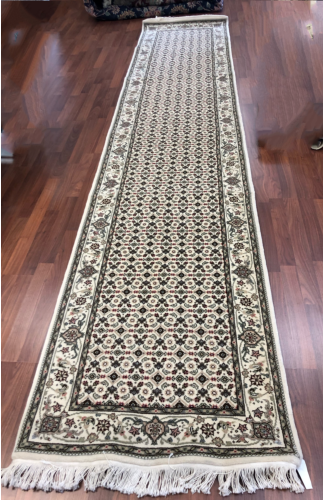
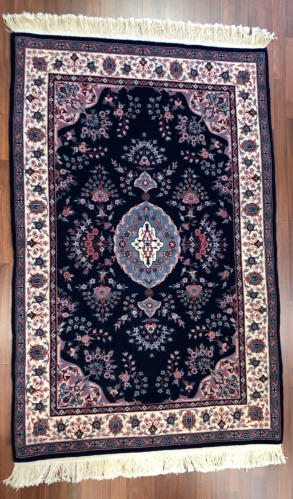

817-377-8598
Call Now:
4915 Camp Bowie Blvd,
Fort Worth, Texas 76107
(Next to Kincaid’s Hamburger)
Since 1986

Copyright © 2016. Atlas Rug Gallery

4915 Camp Bowie Blvd,
Fort Worth, Texas 76107
(Next to Kincaid’s Hamburger)
Since 1986
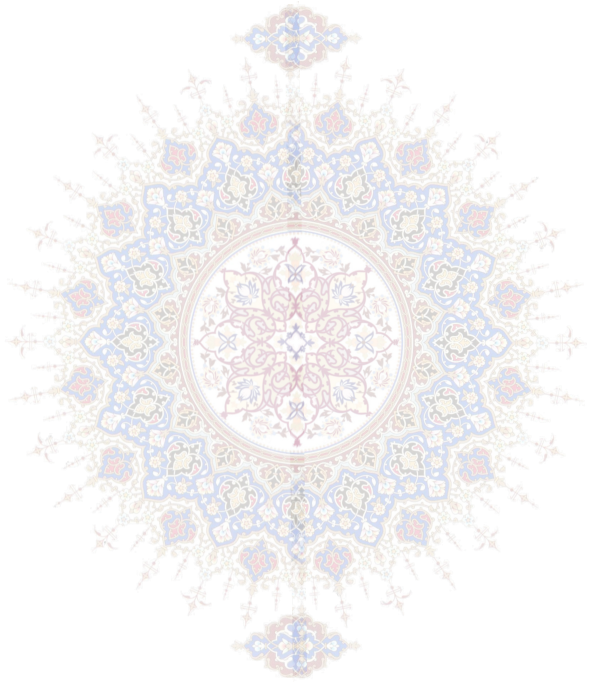
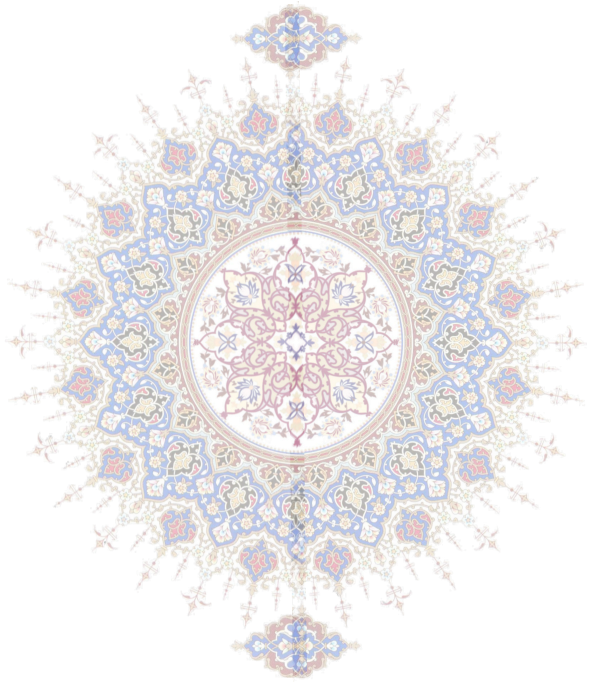

China has a long tradition of carpet production which dates at over 2.000 years and were initially used in the imperial courts. The art
of knotting carpets was however, introduced somewhere around the 15th to 17th century in China.
The patterns on some of the older Chinese carpets are often taken from the patterns of the porcelain painters and silk designs. In
some cases the patterns also show old religious symbols with distinguished dragon patterns. The symbols in these carpets
occasionally have taostic or buddhistic origins.
Thin warp threads of cotton can often be found in the elderly carpets, which together with rough pile yarn
gives large knots and carpets that are fairly thick, but also soft and flexible. These carpets are manufactured
in the provinces of Kansu, Ningxia, Suiyan and in Inner Mongolia near the city of Baotou (Baotou carpets,
often in small sizes, characterized by landscape and symbolic motifs with blue in different nuances as a
dominating colours). Later on Shansi-, Hopei- and Shantung provinces were added as some of the
manufacturing provinces
Chinese Persian Design
Since as early as 1696 in the area around Ningxia, Chinese weavers have been creating beautiful rug masterpieces. By the 1860′s there
were workshops in Beijing making rugs for the imperial court. From art deco to delicate floral spray creations, Chinese rug patterns are
some of the most varied in the world. By the late 1980′s, finely woven Persian rugs with intricate floral patterns began to replace simpler
designs in popularity. We have selected several of these latter masterpieces for viewing here at Atlas Rug.

Categories
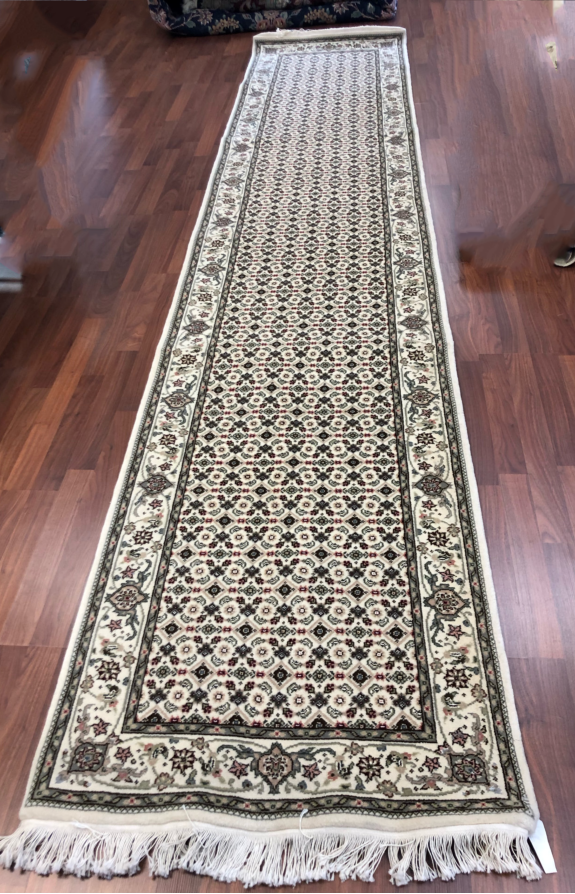


817-377-8598
Call Now:
4915 Camp Bowie Blvd,
Fort Worth, Texas 76107
(Next to Kincaid’s Hamburger)
Since 1986

Copyright © 2016. Atlas Rug Gallery
4915 Camp Bowie Blvd,
Fort Worth, Texas 76107
(Next to Kincaid’s Hamburger)
Since 1986
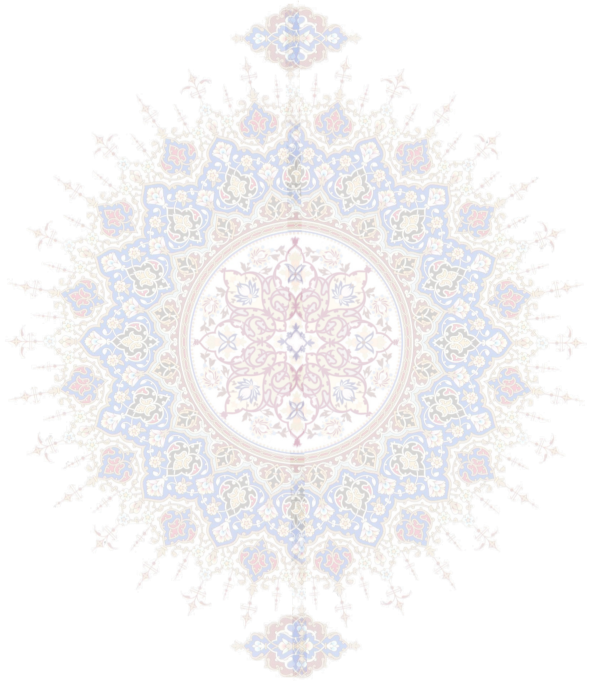


China has a long tradition of carpet
production which dates at over 2.000 years
and were initially used in the imperial
courts. The art of knotting carpets was
however, introduced somewhere around the
15th to 17th century in China.
The patterns on some of the older Chinese
carpets are often taken from the patterns of
the porcelain painters and silk designs. In
some cases the patterns also show old
religious symbols with distinguished
dragon patterns. The symbols in these
carpets occasionally have taostic or
buddhistic origins.
Thin warp threads of cotton can often be
found in the elderly carpets, which together
with rough pile yarn gives large knots and
carpets that are fairly thick, but also soft
and flexible. These carpets are
manufactured in the provinces of Kansu,
Ningxia, Suiyan and in Inner Mongolia near
the city of Baotou (Baotou carpets, often in
small sizes, characterized by landscape and
symbolic motifs with blue in different
nuances as a dominating colours). Later on
Shansi-, Hopei- and Shantung provinces
were added as some of the manufacturing
provinces
Chinese Persian
Design
Since as early as 1696 in the area around
Ningxia, Chinese weavers have been
creating beautiful rug masterpieces. By the
1860′s there were workshops in Beijing
making rugs for the imperial court. From art
deco to delicate floral spray creations,
Chinese rug patterns are some of the most
varied in the world. By the late 1980′s, finely
woven Persian rugs with intricate floral
patterns began to replace simpler designs
in popularity. We have selected several of
these latter masterpieces for viewing here
at Atlas Rug.

Categories



















